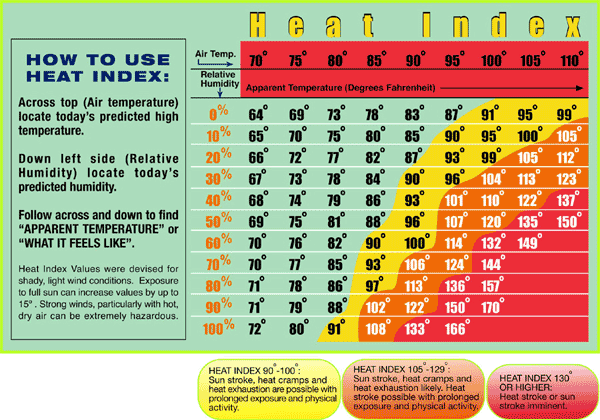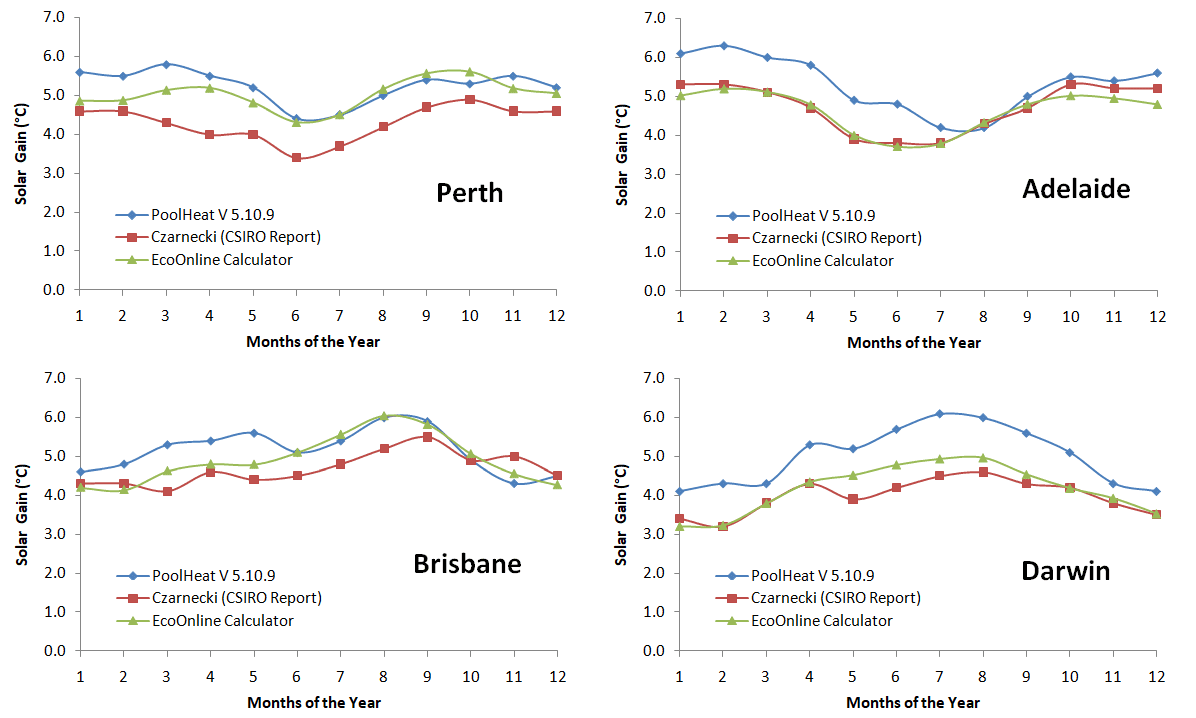

Finally, the returned sum is passed to the AVERAGE function to calculate the moving average.As the result, it returns the sum of values in a range consisting of 3 rows (3 in the 4 th argument) and 1 column (1 in the last argument), which is the latest 3 months that we want. The OFFSET function takes cell B2 (the 1 st argument) as the starting point, and offsets the count (the value returned by the COUNT function) by moving 3 rows up (-3 in the 2 nd argument).We start counting in B2 because row 1 is the column header. The COUNT function COUNT(B2:B100) counts how many values are already entered in column B.=AVERAGE(OFFSET(B2,COUNT(B2:B100)-3,0,3,1))Īnd now, let's try to understand what this Excel moving average formula is actually doing.
#Running weather calculator how to
Not sure how to use this moving average formula in your Excel worksheets? The following example will make things clearer.Īssuming that the values to average are in column B beginning in row 2, the formula would be as follows: Where N is the number of the last days / weeks / months/ years to include in the average. =AVERAGE(OFFSET( first cell, COUNT( entire range)- N,0, N,1))

What Excel function is capable of doing this? The good old AVERAGE in combination with OFFSET and COUNT. For this, you need a formula that will recalculate the average as soon as you enter a value for the next month. sale figures or stock quotes, and you want to know the average of the last 3 months at any point of time. Get moving average for a the last N days / weeks / months/ years in a column Remembering that an average is computed by adding up values and then dividing the sum by the number of values to be averaged, you can verify the result by using the SUM formula: You can fix the column with an absolute reference (like $B2) if you want to, but be sure to use relative row references (without the $ sign) so that the formula adjusts properly for other cells. Write a usual AVERAGE formula for the first 3 values and input it in the row corresponding to the 3 rd value from the top (cell C4 in this example), and then copy the formula down to other cells in the column: Supposing you have a list of average monthly temperatures in column B, and you want to find a moving average for 3 months (as shown in the image above). Calculate moving average for a certain time periodĪ simple moving average can be calculated in no time with the AVERAGE function. The following examples demonstrate both techniques. Overall, there are two ways to get a simple moving average in Excel - by using formulas and trendline options. Calculating simple moving average in Excel In this tutorial, we will be looking into the most commonly used simple moving average. There exist different types of moving average such as simple (also known as arithmetic), exponential, variable, triangular, and weighted. In business, it's a common practice to calculate a moving average of sales for the last 3 months to determine the recent trend.įor example, the moving average of three-month temperatures can be calculated by taking the average of temperatures from January to March, then the average of temperatures from February to April, then of March to May, and so on. In stock trading, moving average is an indicator that shows the average value of a security over a given period of time. It is frequently used in statistics, seasonally-adjusted economic and weather forecasting to understand underlying trends.
#Running weather calculator series
Generally speaking, moving average (also referred to as rolling average, running average or moving mean) can be defined as a series of averages for different subsets of the same data set. Add a moving average trendline to an Excel chart.Getting moving average for the last N values in a row.Finding moving average for the last N days (weeks, months, years).Calculating moving average for a certain time period.

How to calculate simple moving average in Excel.

In today's tutorial, we will discuss two basic techniques to calculate moving average in Excel. If you've been following our blog, you already know how to calculate a normal average and what functions to use to find weighted average. In a couple of recent articles, we have taken a close look at calculating average in Excel. In this short tutorial, you will learn how to quickly calculate a simple moving average in Excel, what functions to use to get moving average for the last N days, weeks, months or years, and how to add a moving average trendline to an Excel chart.


 0 kommentar(er)
0 kommentar(er)
